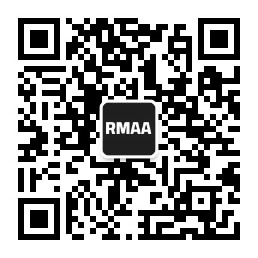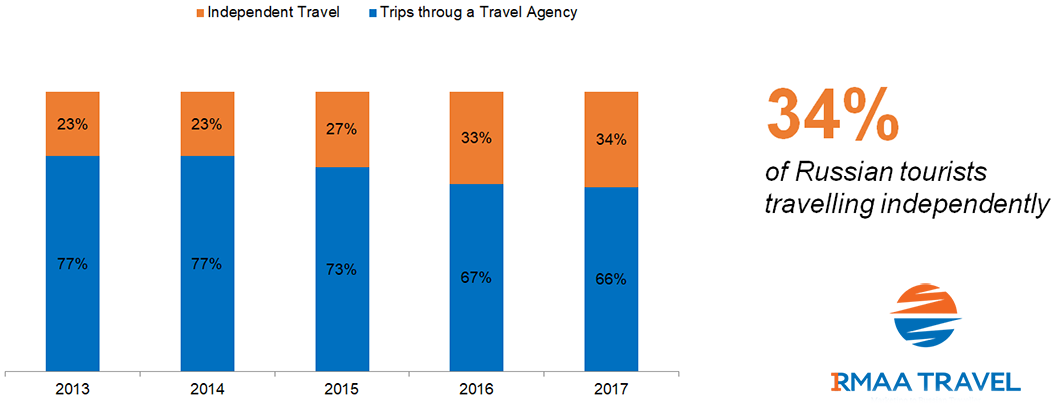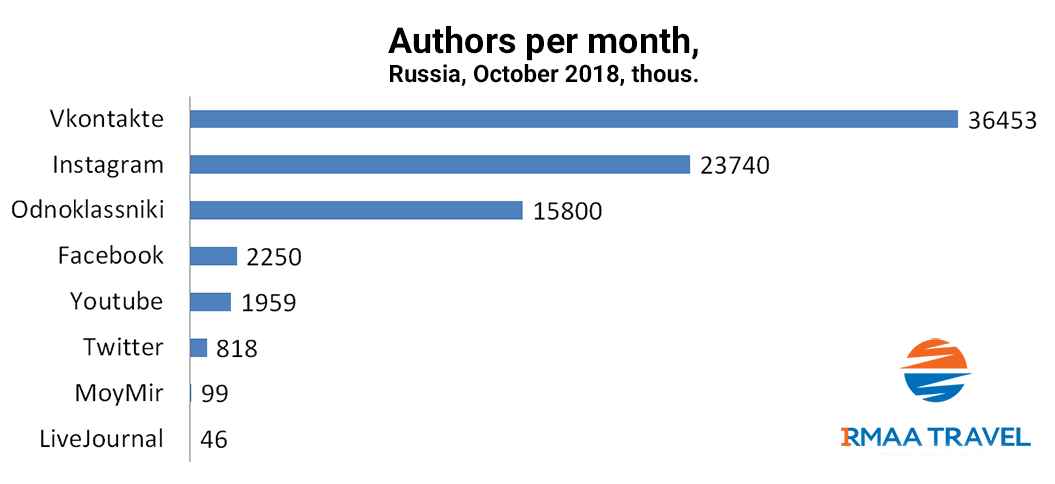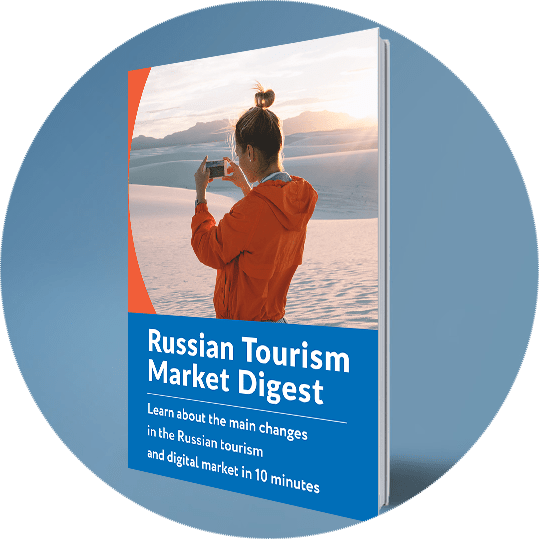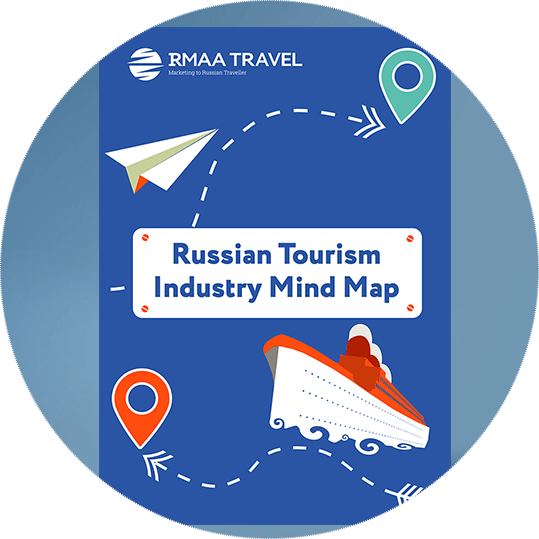Blog about successful marketing strategies in russia
6 Steps to Improve Your Destination Marketing Strategy in Russia


B2B MARKETING
Share this Post
Have you decided to promote your travel destination in the Russian market, but you do not know how to market your tourist destination and where to start from? We will tell you how to make up your tourism destination marketing strategy, taking into account peculiarities of the Russian tourism market. If you already have a ready-made strategy, out tips will help you customize it for Russian tourists.
Step 1. Who are you marketing your destination to?
There are almost 147 million people living in Russia. However, it is unlikely that all of them are your audience, isn’t it? In a lot of ways, definition of your target audience will affect the selection of promotion channels in the Russian market.
When your goal is to attract young tourists aged 25-35, you must go to the Internet—this is where 95% of your audience in Russia hang out. It means that, when launching a massive online campaign, you will manage to grasp almost all your target audience.
If your audience is aged 35-55, for promotion we recommend adding TV ads to the online campaign.
In order to cover a more mature audience aged 55+, we should put major focus on TV. The Internet can only be used as an extra channel.
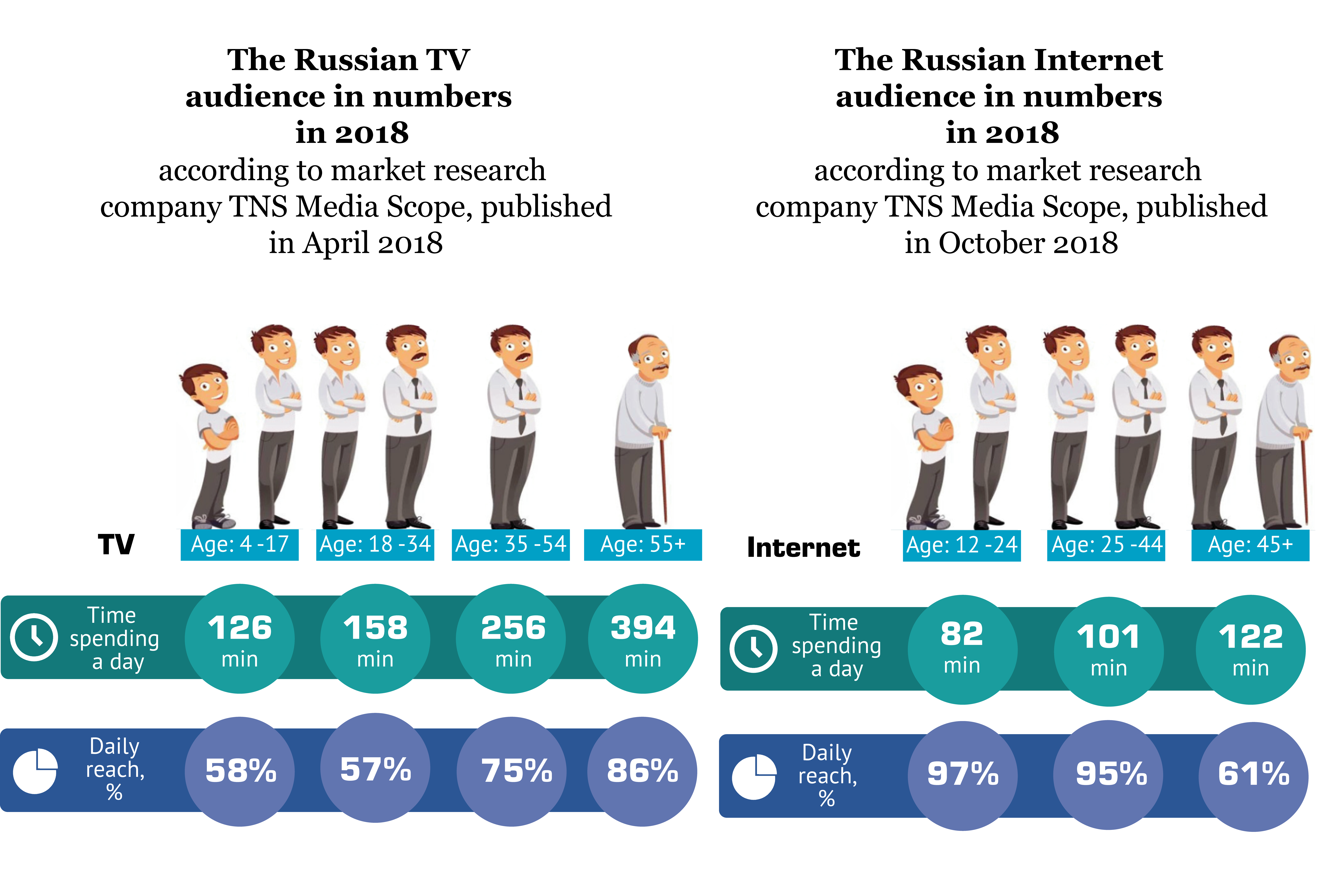
Step 2. Define Your Competitors in the Market
The next step to create a destination marketing strategy is to make a list of your competitors in the market (most popular travel destinations) and determine its dynamics.
According to the Russian Federal State Statistics Service, in 2018 the most popular travel destination among Russians is still Turkey thanks to relatively affordable prices for tickets and hotels, as well as the ‘all-inclusive’ system much loved by Russians. However, as we can see on the graph, from January until March Finland and China become more popular, which is conditioned by popularity of these directions among inhabitants of frontier zones, as well as Thailand having a high season at that time.
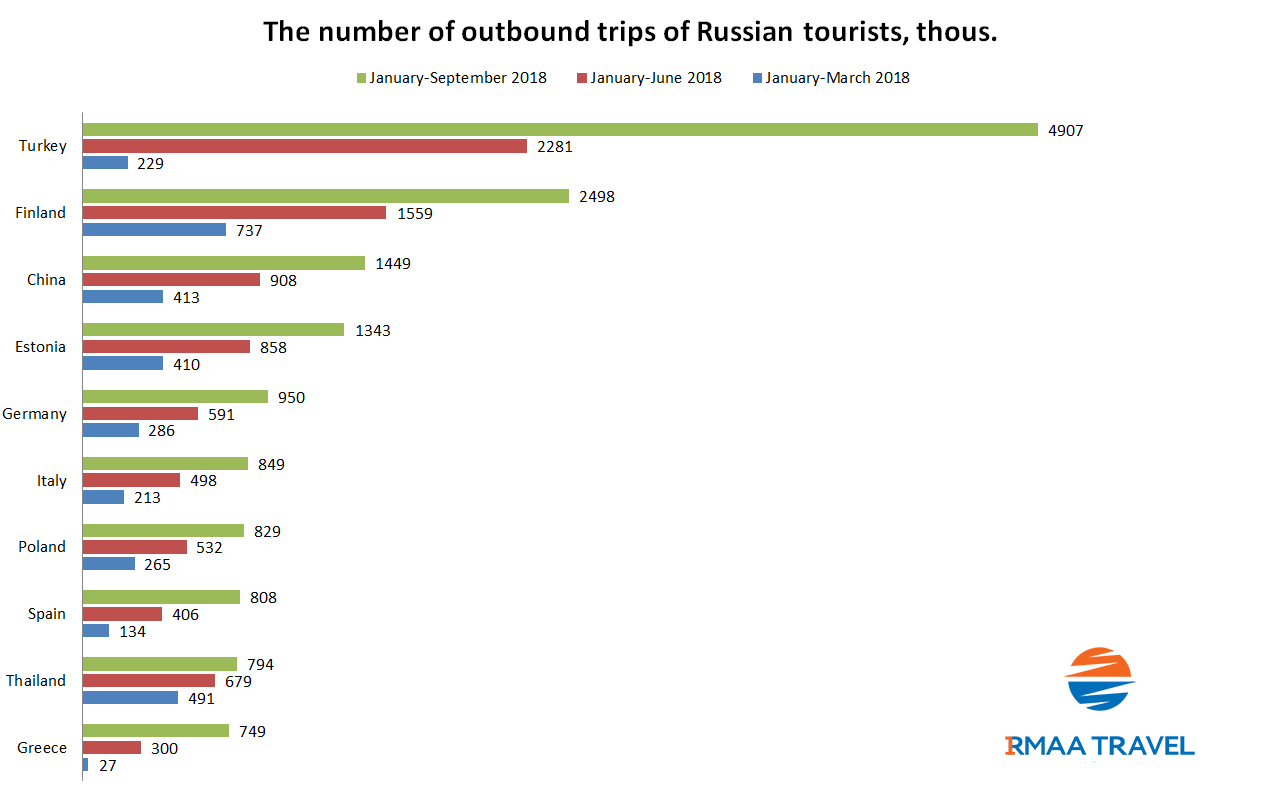
Ideally, you should have two lists of competitors:
List 1: Competitors: all travel destinations that are more or less represented in the Russian market and have similar audience.
List 2: Direct competitors: travel destinations with the same offer as yours or a very similar one.
So, for instance, Vietnam will be a direct competitor for Thailand because they both are resort regions with the high season from November until April, while Turkey is not a direct competitor for these two destinations during the high season because the swimming season in this country begins in May and ends in September. In its turn, Turkey is a direct competitor of Spain: both resorts are in the Mediterranean and have the same tourist season.
Why Do We Need It?
Goals can vary:
- determination of the pricing policy;
- elaboration of the positioning strategy;
- formation of your own unique offer;
- selection of channels and timing for an advertising campaign etc.
Step 3. What Do You Want To Get?
The next step is to determine the main goal of your marketing strategy (there can be more than one). Goals can be like:
- to attract a new segment of tourists to the region (in our case, tourists from Russia);
- to increase the flow of Russian tourists;
- to improve the income from tourists staying in the region etc.
The key is to remember that the goal must be achievable: at this stage you should already imagine roughly by means of what channels you will be able to reach the expected results and what funds you will need for it.
Here you will also have to set KPI that you are going to meet and the deadlines to meet them.
Step 4. Why Do Tourists Need To Come to Your Country?
The next step of no small importance when forming a promotion strategy is brand positioning in the market. Your country is your brand, and when promoting it, you need to determine the key message you want to get across your audience.
This is where tourist behavior and preferences research in your country will help you. Beaches, architecture, museums, shopping, or something else—what attracts tourists to your region? This message will serve as a basis for the content strategy and advertising promotion of your travel destination.
Step 5. Make a Customer Journey Map
For every particular travel destination, the selection of promotion channels will be different, depending on the target audience and its behavior. What is more, on every stage of decision making by tourists you will need to involve one or another interaction channel, i.e. there is no single solution here.
What’s to be done? How to define promotion channels, taking into consideration the peculiarities of the offer and the target audience?
Make a Customer Journey Map. There is no CJM reference example, but we prepared journey maps of two main categories of travellers for you:
- Married couple taking a package tour;
- Young tourist arranging his/her trip on his/her own.
You can download CJM of Russian tourists now.
Step 6. How to Market a Destination: Channels to Attract Russian Tourists
Going forward, we will talk about main promotion channels presented in CJM, which will let you reach the maximum coverage of tourists from Russia.
Optimize the Website of Your Travel Destination for a Russian Tourist
Website optimization will not touch its design—European design is quite habitual for Russian users. However, we recommend to localize your website or to translate the content and menu into Russian at a simple level.
For these purpose, it is best to address to native speakers so that they could not only translate the texts already available at your website (even Google Translate will manage it), but also make your website speak to users in Russian.
There is all the more reason for this as the Russian language is stably at Top-10 in terms of worldwide use popularity (in 2018, Russian took the 7th place).
Before going to the Russian market, you must optimize your website for mobile devices. In 2018, the number of users in Russia going online via mobile devices grew tremendously. Moreover, as for young audience, mobile website optimization is one of the key points to be included into your destination marketing strategy.

Source: MediaScope, 2018
Involve Offline and Online Channels
While before 2018 tourism ministries mostly preferred traditional mass media such as TV, radio, and print media in terms of ad placement ($8.7 million was spent on offline advertising in 2017 and only $1.25 million on online advertising), only in February-June 2018 $1.21 was spent on online promotion. By doing so, the budget allocated by countries’ ministries for offline promotion was decreased.

Ensure Support of Russian Travel Agencies
Although the number of tourists in Russia planning their trip on their own is on the rise, arranged tours still carry the palm.
Russians still address to agencies not only to purchase vouchers, but also ask for recommendations of a country to travel to. That is why if you have something to show to travel agents, especially if you promote a resort, you really need to present your region to local travel companies.
Go to Local Social Media
To promote in the Russian market, it will be enough for you to keep pages in two social networks:
- VK
For an understanding why we recommend these very social media, it is enough to look at statistics. This data shows how many users wrote at least one message a month. VK goes on holding its own in this criterion, but Instagram is gaining traction every month, so you can consider both to promote your destination marketing ideas.
Organize a Trip for Russian Travel Bloggers
Russian tourists believe opinions most of all. ‘Live’ pictures and positive opinions are a substantive factor when choosing a travel destination.
The main sources of information affecting the choice of the country of travel: online reviews are 39% and friends are 32%.
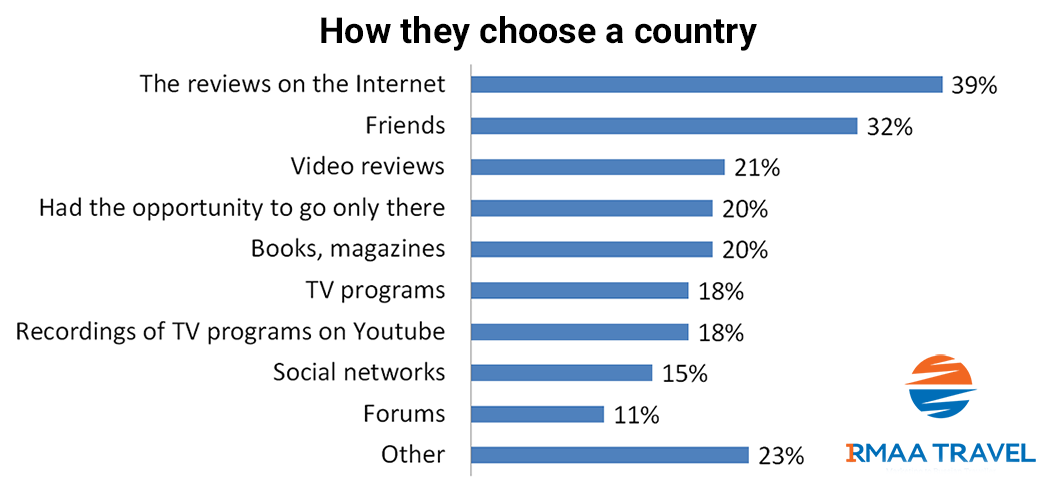
Source: the report “Special aspects of the overseas tourism 2016 – Q1 2017. Traces of travelers in the Russian digital”, Google
Cooperation with bloggers will let you kill two birds with one stone:
1. content of high quality that you can also use for promotion of your pages in social media
2. coverage of new users who are interested in new destinations.
It is best to address to bloggers with a moderate number of subscribers. As evidenced in practice, they have a livelier audience that is really interested in new destinations.
P.S. You can also address to RMAA Travel. You can fully rely on us with regards to promotion of your region in the Russian market.
Join 2,000+
of your Peers!
You will be the first to know about Russian marketing insights, news and updates from our agency. Stay tuned!
Get our latest articles delivered to your email inbox and get our exclusive White Paper
"How to sell to Russian large companies?"
for FREE!
Travel Research
The Russian Tourism Market Report: Trends, Analysis & Statistics | 2019. How to impress Russian tourists and attract them to your country
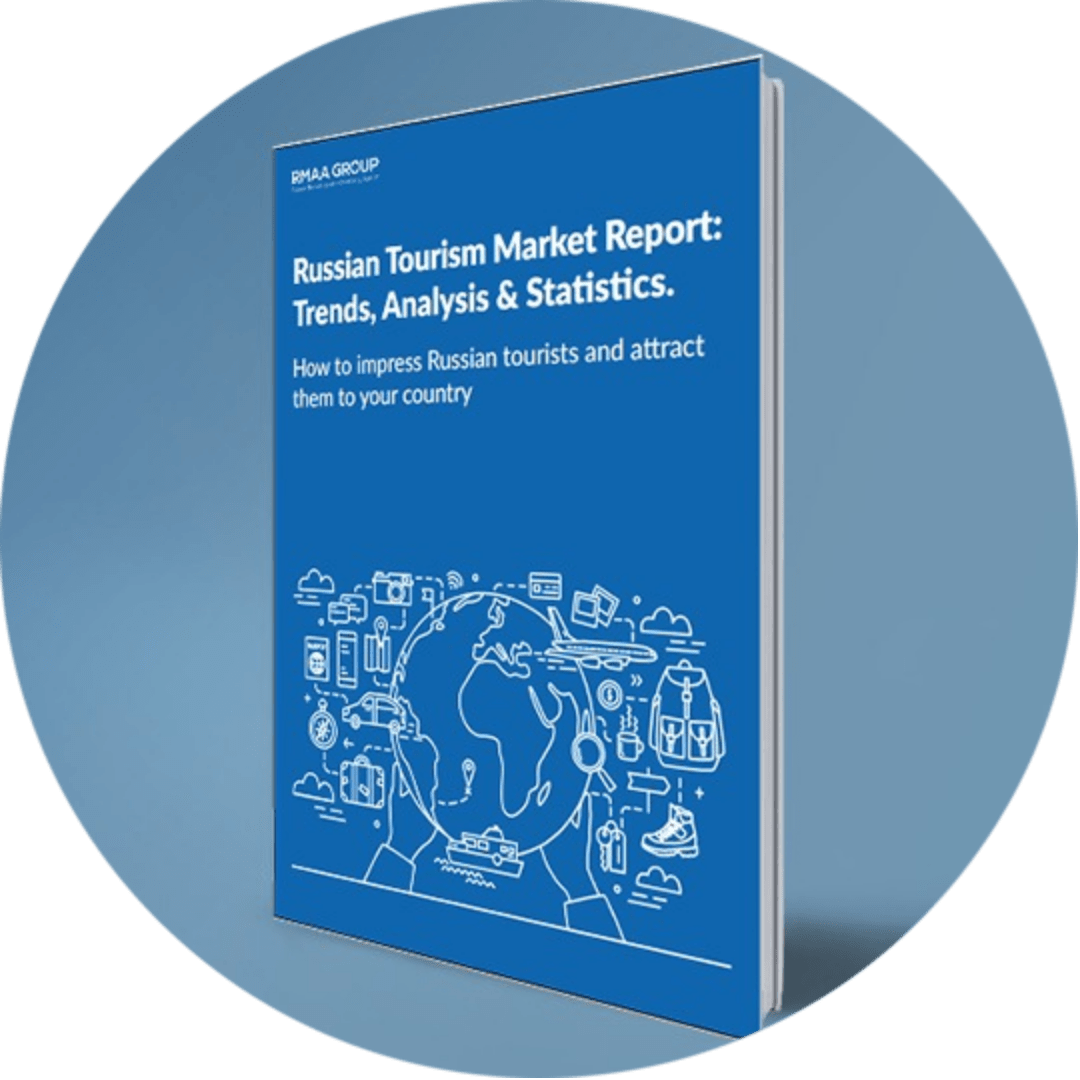
Ready to partner with the specialists in Russian travel marketing and advertising?
About the Author
Head of Digital, editor-in-chief of the RMAA Agency Blog
Join 2,000+ of your Peers!
Get our latest articles delivered to your email inbox and get our exclusive White Paper "How to sell to Russian large companies?" for FREE!
You will be the first to know about Russian marketing insights,
news and updates from our agency.
Stay tuned!
We're updating our website's design step by step, so some pages may look different. Thank you for your understanding.
Got it








